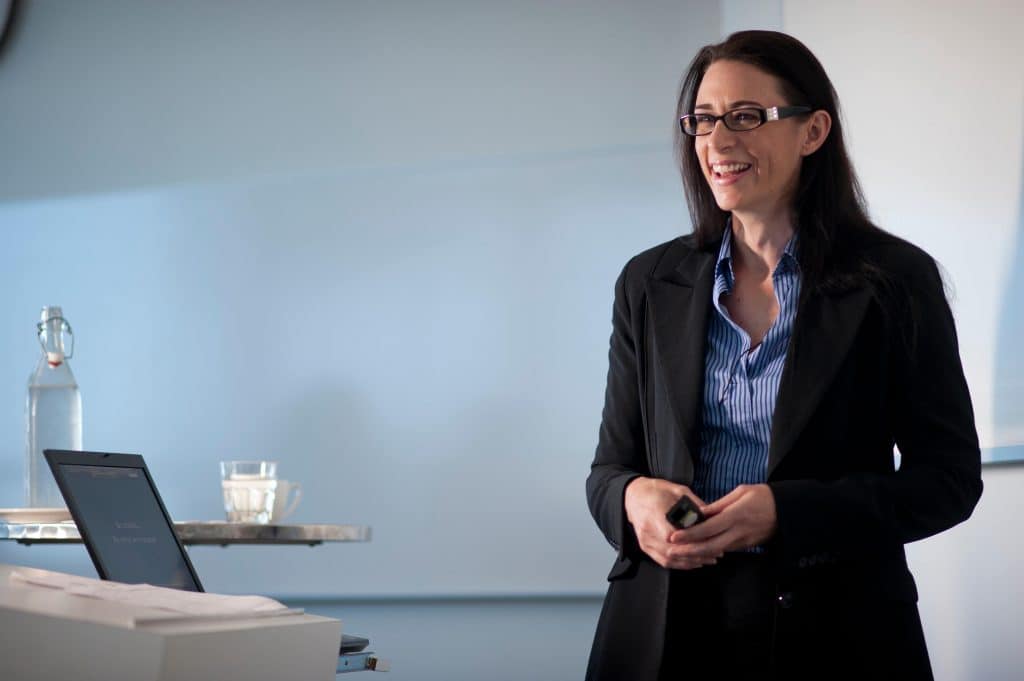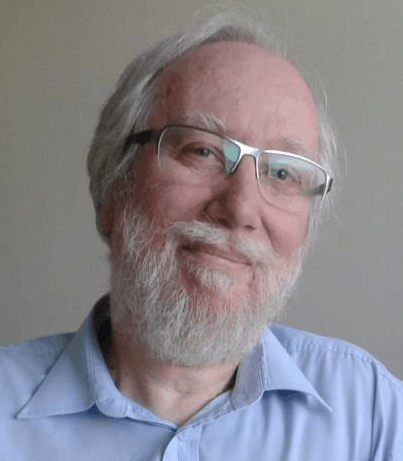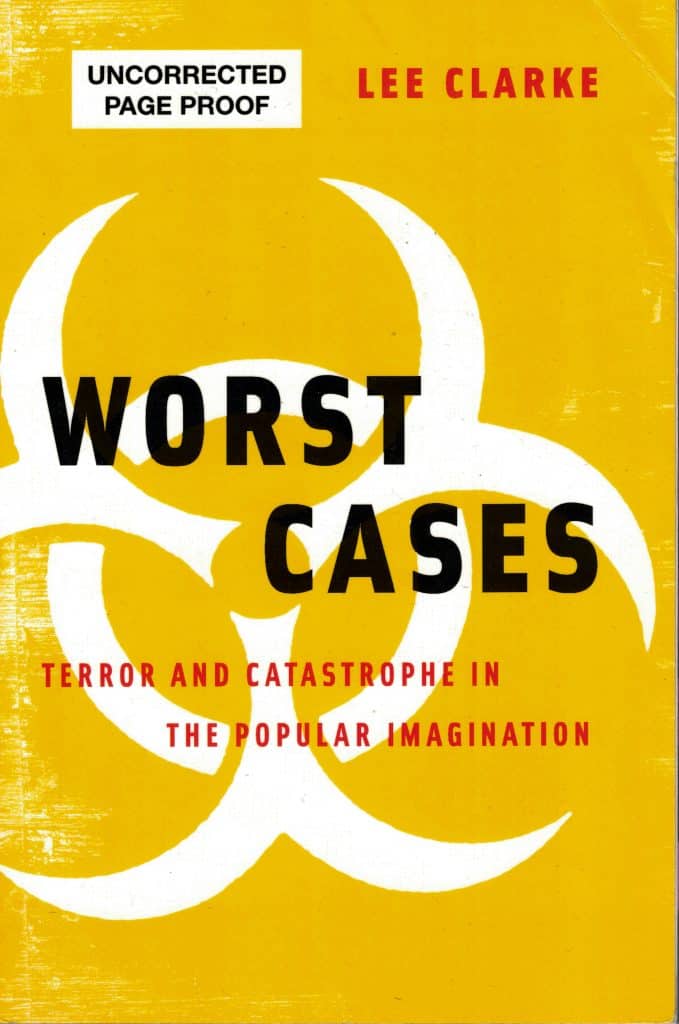
The current COVID19 pandemic has presented businesses with a confusing risk challenge. Is the risk of infection a public health issue or an occupational health and safety (OHS) issue? The easy answer only adds to the confusion – it is neither and both.
In relation to epidemics and pandemics these are public health risks within which the OHS risks must be managed. In Australia, many of the OHS regulations and agencies were slow to provide the level of detailed guidance that employers were requesting and this was partly due to the regulators and agencies having to scramble together working groups and experts to rapidly produce such guidance. The situation in the United States offers a useful and reassuring comparison to how the Australian governments have responded but also offers OHS lessons for Australian employers.





